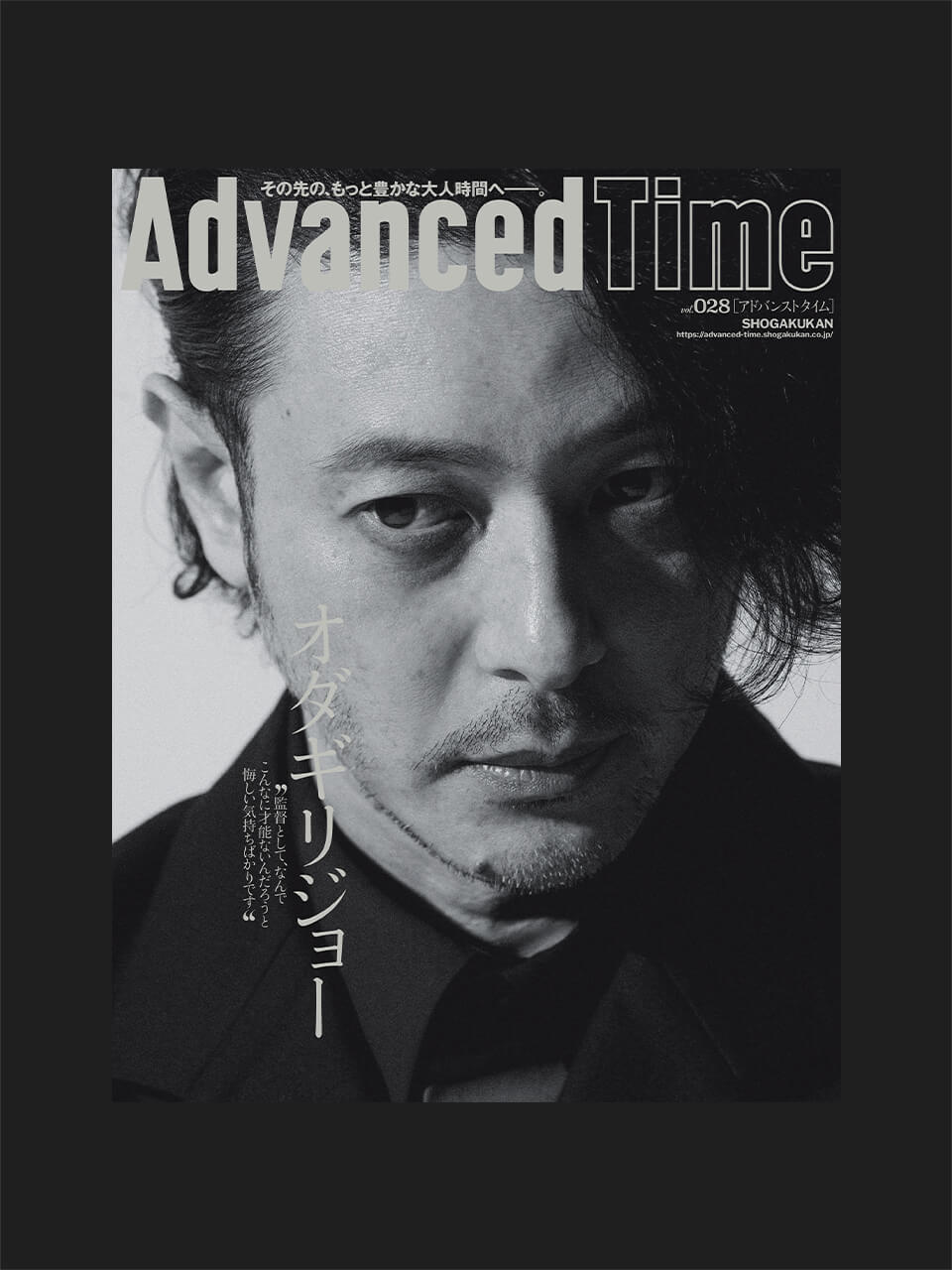
タブロイドマガジンAdvancedTimeをお手元に
The history of the Imperial Hotel proves its first-class status. What is the origin of this world-class Japanese hotel?

> 和訳を見る
Frank Lloyd Wright and the Imperial Hotel: The Spirit and Dignity Passed down from Generation to Generation
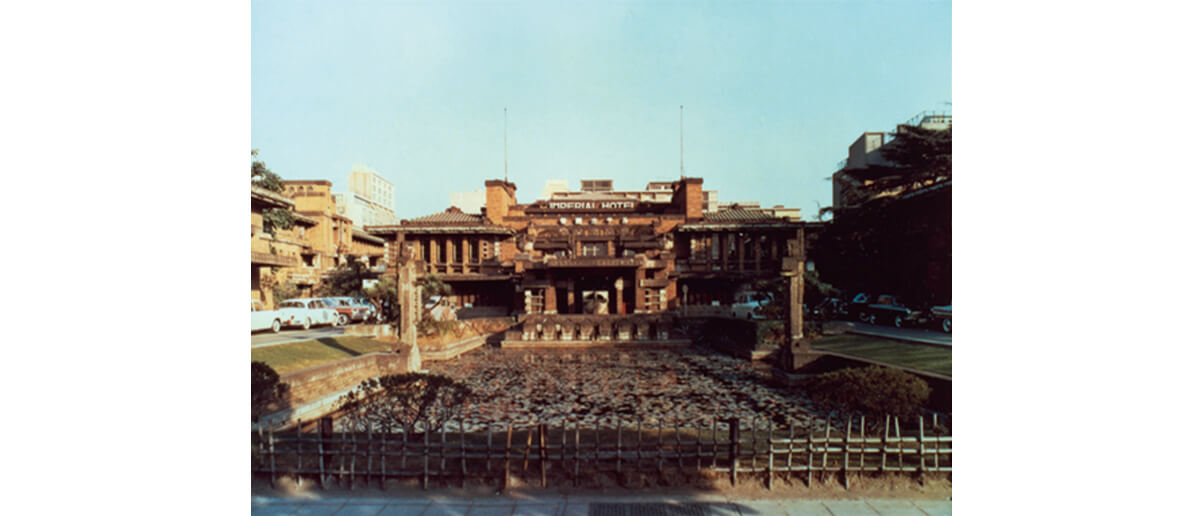
Like a majestic temple. Like an eagle quietly resting its wings. What words would those who saw the building have used to convey their impressions? The Imperial Hotel’s second main building was completed in 1923 at the end of the Taisho era (1912-1926). Designed by the American architect, Frank Lloyd Wright (1867-1959), the building must have been breathtaking.
The huge site with a frontage of approximately 100 meters 330 feet is located directly across from Hibiya Park along Hibiya-dori Avenue. There is a courtyard with a pond in the center, surrounded by buildings in an almost H-shaped plan. The front building containing the lobby, main dining room, theater, and other public spaces is located across the pond, and the three-story, 150-meter-long 490 feet building containing guest rooms extends on either side.
What makes the beautiful symmetry of the structure even more striking is the materials used. The building was constructed with Oya stone and bricks in consideration of the frequent earthquakes that occur in Tokyo. The gray Oya stone decorated with geometric patterns and the yellowish bricks with scratches. The combination of geometric patterns creates an exterior that is both massive and graceful. The surprise must have been deepened as one walked around the pond in front of the building and entered the main building. The three-story atrium, which awaits you at the top of several flights of stairs after passing through the low-ceilinged entrance, is a masterpiece.
Like the exterior, the interior of the building is also decorated with scratch bricks, openworked bricks, and exquisitely carved Oya stone, and each view reveals a different expression. The spatial composition is also skillful. Various spaces with different ceiling heights and sizes are arranged in a skip-floor style around the perimeter of the large hall, so that the gazes of those on the first floor and those coming and going on the upper floors intersect through the atrium.
One can imagine the past of the “Wright Imperial,” which was called the “Jewel of the Orient,” as people dressed up gathered here and there, passing each other in the large space. Unfortunately, Wright’s masterpiece was demolished in 1968, less than half a century after its completion due to ground subsidence and other reasons, but the main entrance has been moved to Meiji-Mura in Inuyama City, Aichi Prefecture, providing a glimpse of its former grandeur.
It is a masterpiece of architecture that has never been seen before (or since). Yet it is also true that the “Wright Imperial” was filled with Wright’s typical techniques and his admiration for Japanese beauty. Wright, who was also an avid collector of Ukiyoe prints, had a deep understanding of Japanese culture, and the symmetrical shape of the “Wright Imperial” is said to have been inspired by the Byodoin Phoenix Hall in Kyoto. The low, restrained building is certainly reminiscent of the “prairie style,” a grassy prairie style that is common in Wright’s American architecture. The bold use of Oya stone, which until then had not been used as a major building material, both inside and outside the building, is also typical of Wright’s respect for the nature of the land. The Oya-ishi(Oya stone), which is fire-resistant, soft, and easy to work with, came to be widely used as a building material after this construction.
Together with Le Corbusier and Mies van der Rohe, Wright has made his mark on architectural history as one of the “Three Masters of Modern Architecture. The “Wright Imperial” is a masterpiece that precisely weaves together Western and Japanese techniques and beauty.
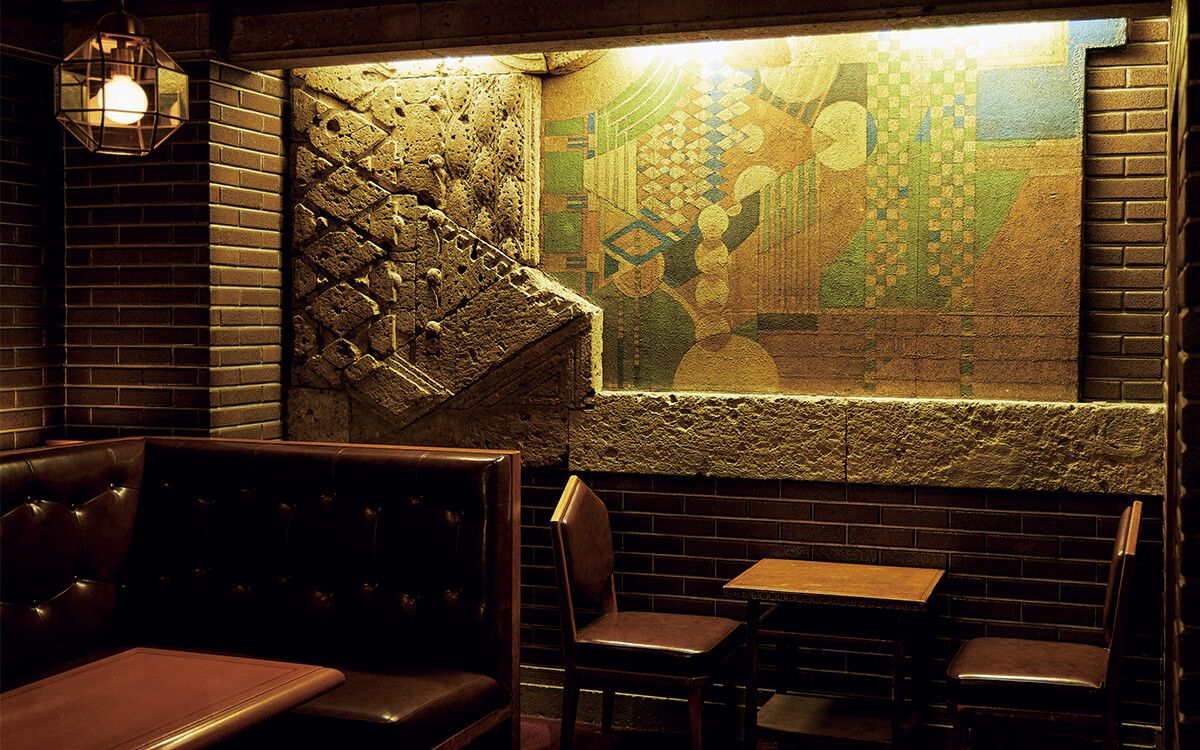
Located in the main building of the current Imperial Hotel Tokyo, the Old Imperial Bar is a place where visitors can experience the atmosphere of the Imperial Hotel’s second generation main building (the Wright Imperial), designed by Frank Lloyd Wright. In the corner of the bar, the Oya stone fireplace that once stood between the treasures of the Wright Imperial remains. The low table in front of the fireplace is said to have been used in a guest room at the time of the Wright Imperial.
STAFF
Photos: Kazuhiro Shiraishi
Editor: Yukihiro Sugawara
『AdvancedTime』は、自由でしなやかに生きるハイエンドな大人達におくる、スペシャルイシュー満載のメディア。
高感度なファッション、カルチャーに溺愛、未知の幅広い教養を求め、今までの人生で積んだ経験、知見を余裕をもって楽しみながら、進化するソーシャルに寄り添いたい。
何かに縛られていた時間から解き放たれつつある世代のライフスタイルを豊かに彩る『AdvancedTime』が発信する情報をさらに充実し、より速やかに、活用できる「AdvancedClub」会員組織を設けました。
「AdvancedClub」会員に登録すると、プレゼント応募情報の一覧、プレミアムな会員限定イベント、ブランドのエクスクルーシブアイテムの紹介など、特別なコンテンツ情報をメールマガジンでお届け致します。更に『AdvancedTime』のタブロイドマガジンのご案内もあり、送付手数料のみをご負担いただくことでお手元で『AdvancedTime』をお楽しみいただけます。
登録は無料です。
一緒に『AdvancedTime』を楽しみましょう!



vol.029
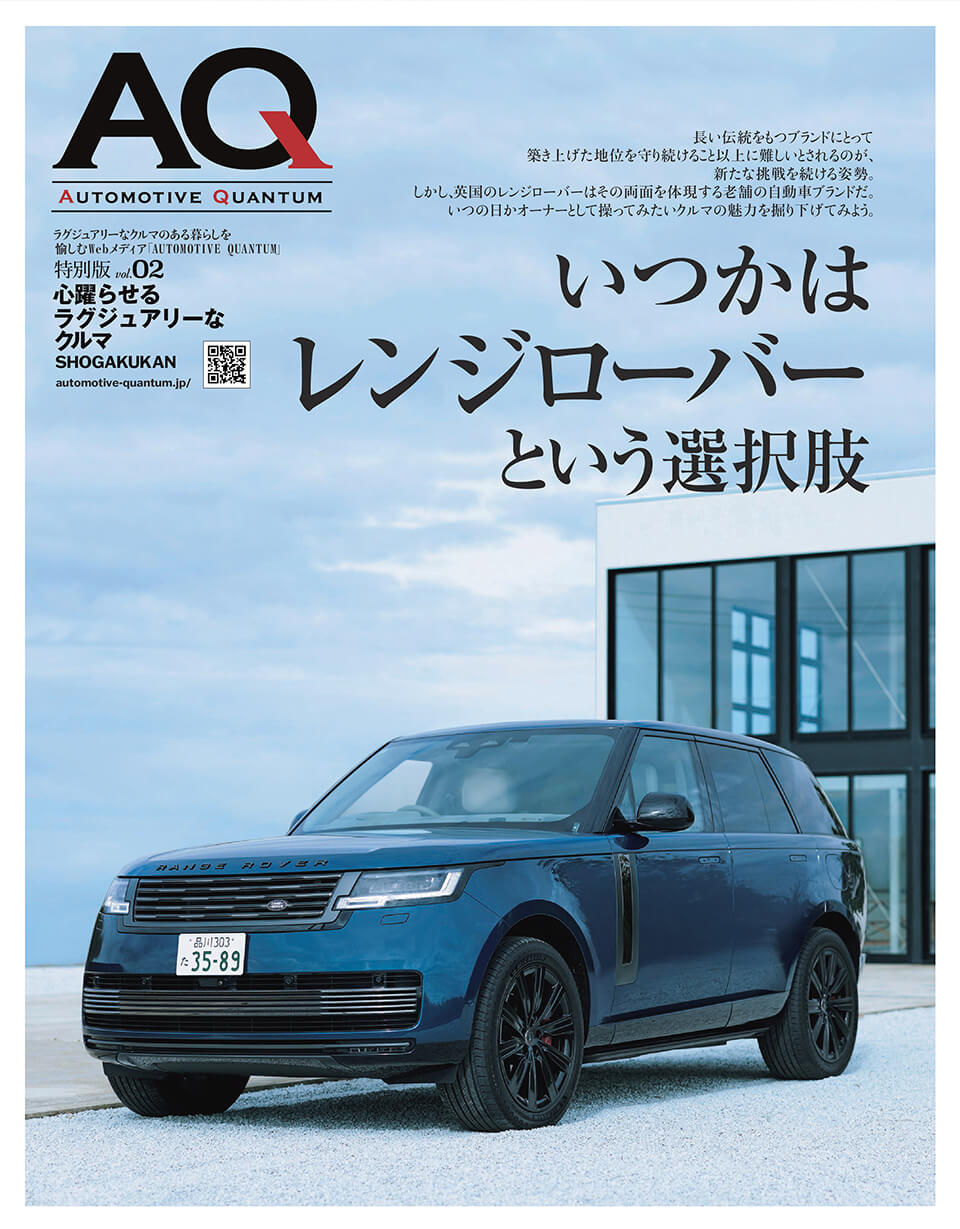

Special Issue.AdvancedTime×AQ


vol.028


vol.027


Special Issue.AdvancedTime×AQ


vol.026
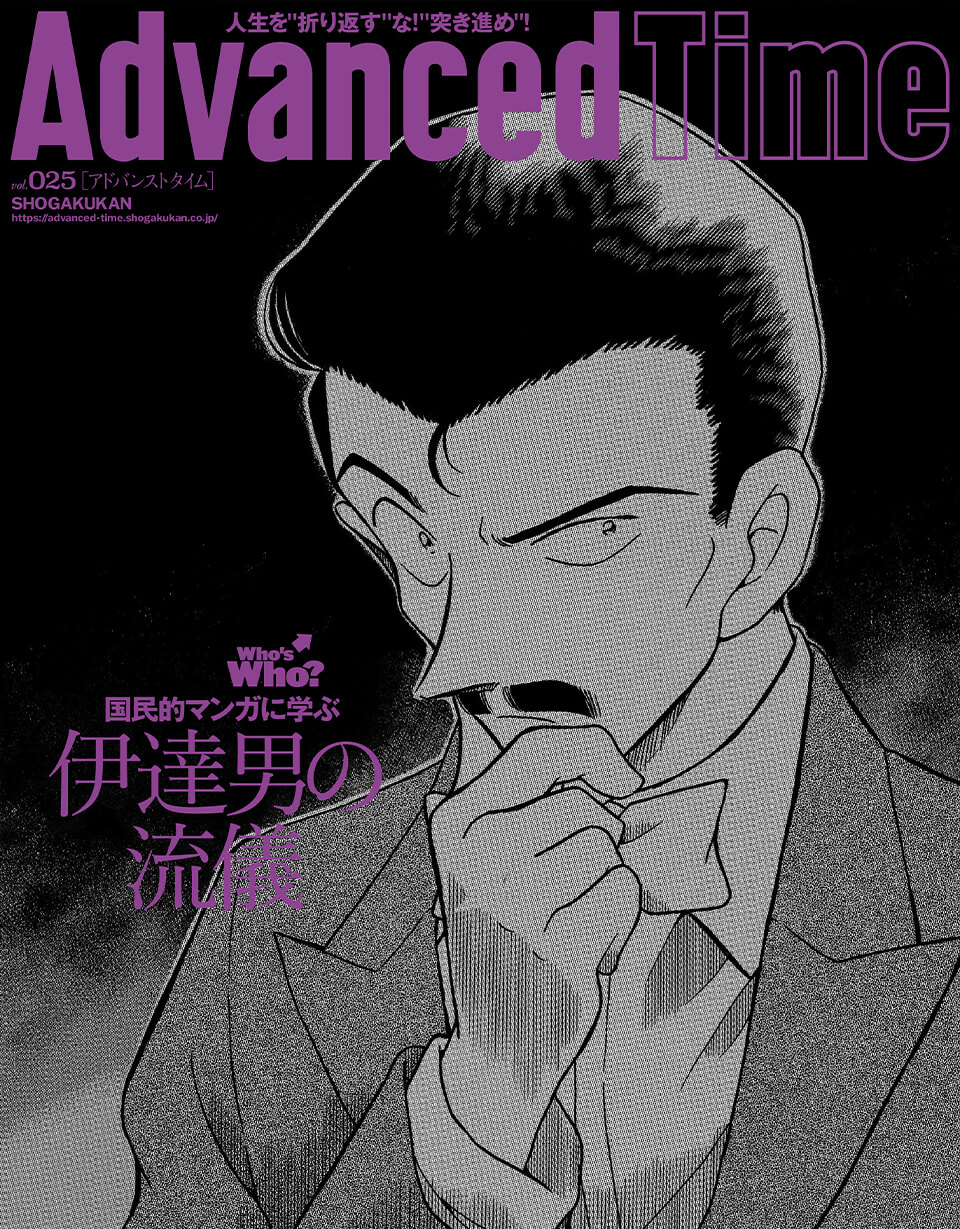

vol.025


vol.024


vol.023


vol.022
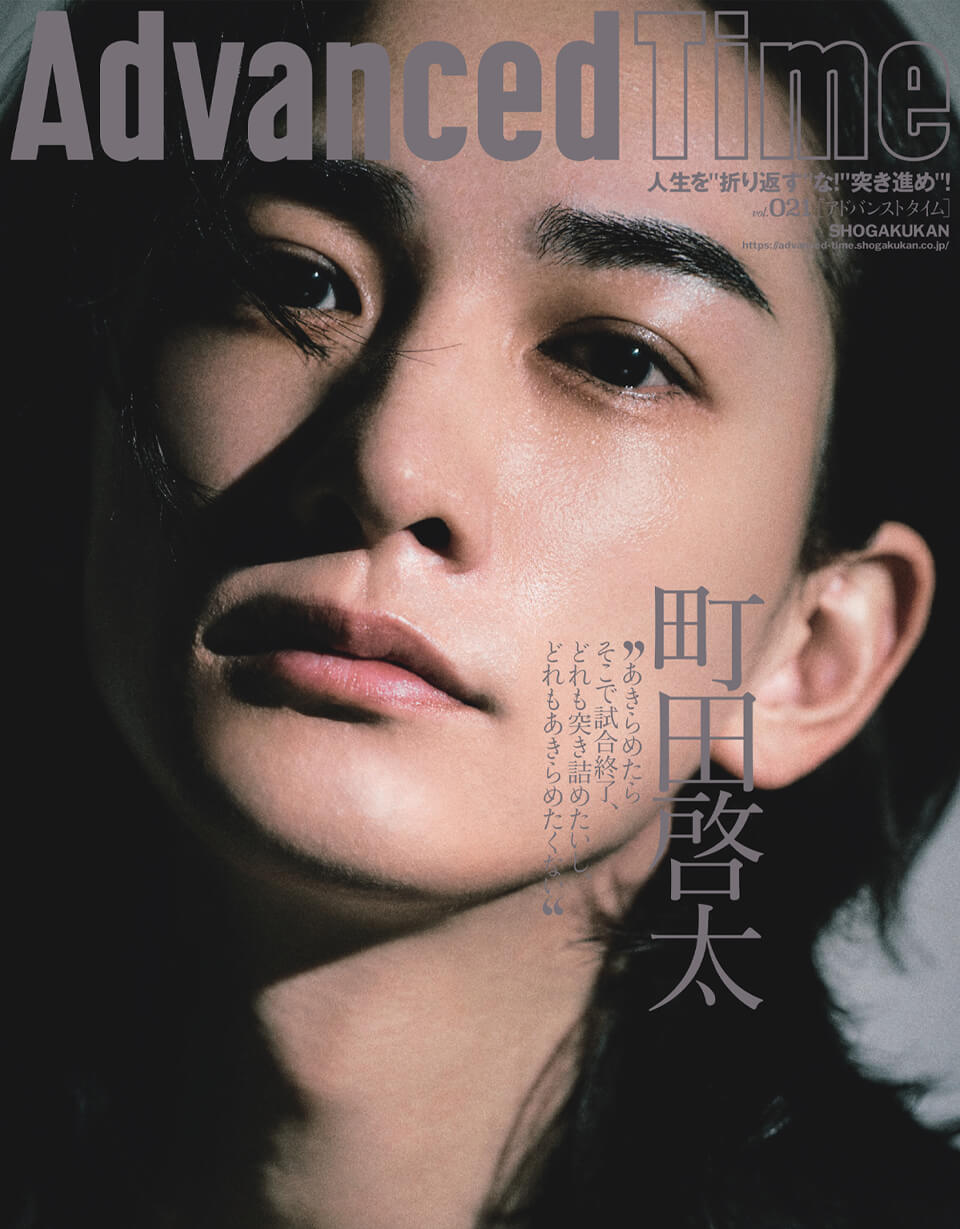

vol.021


vol.020


vol.019


vol.018
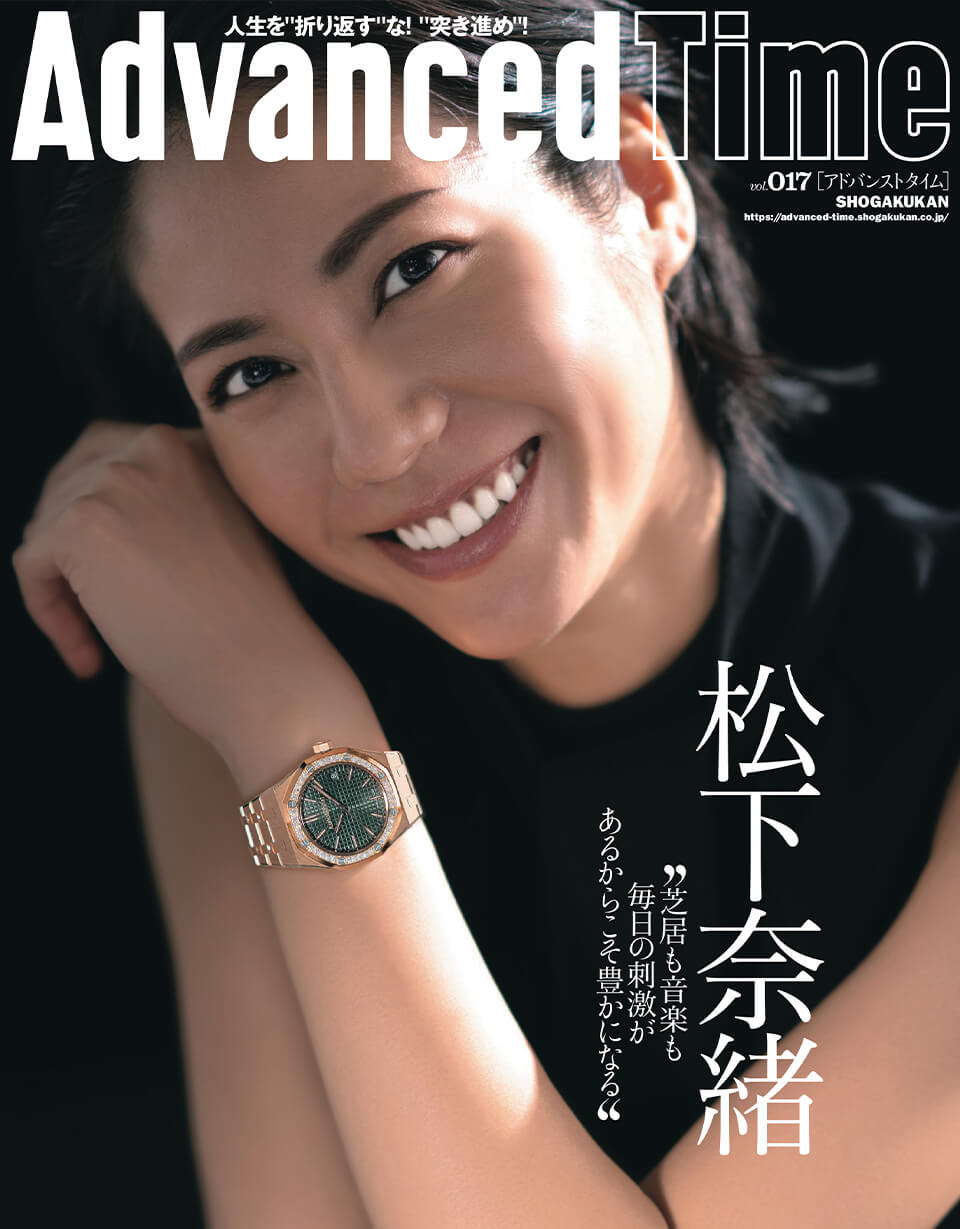

vol.017
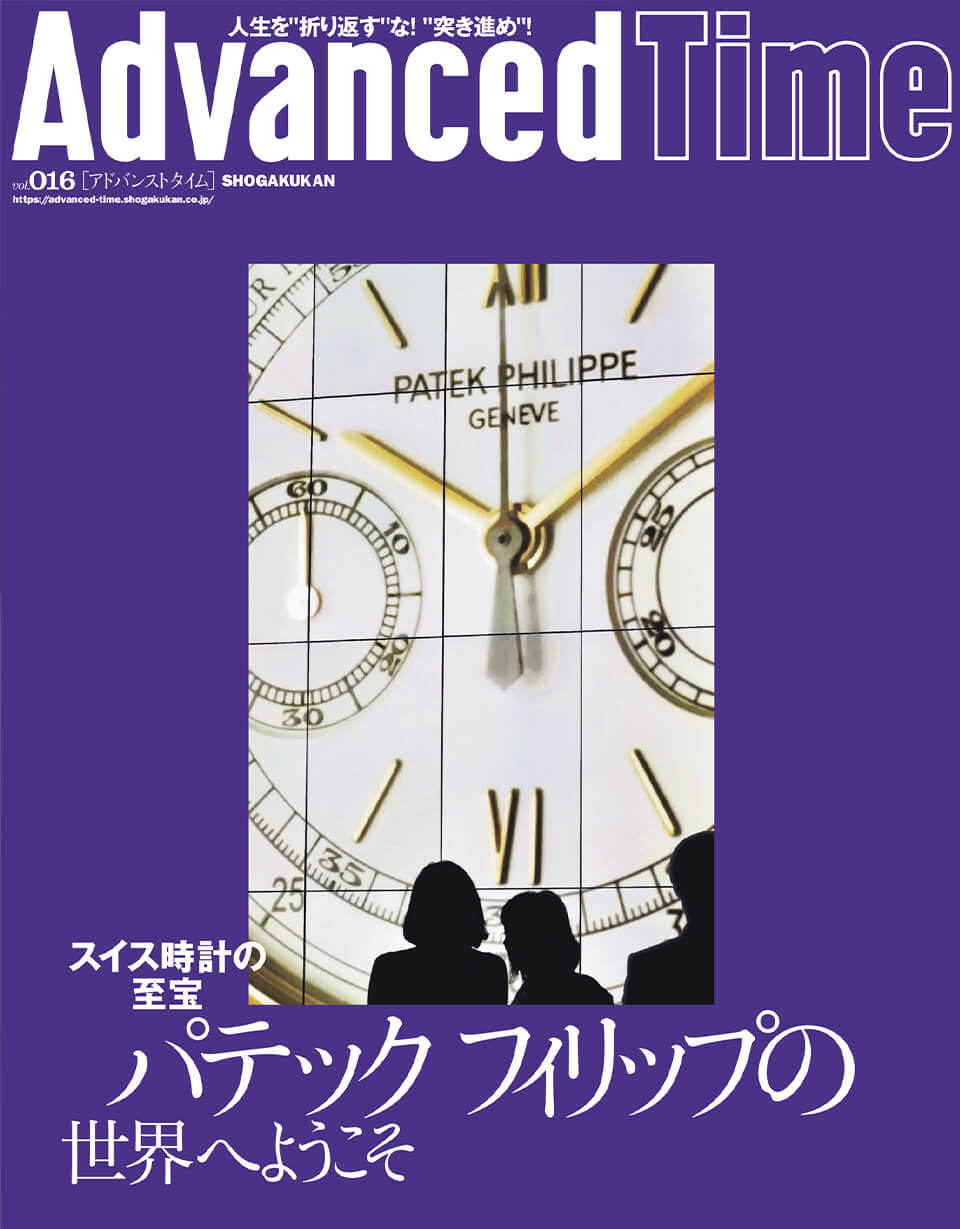

vol.016
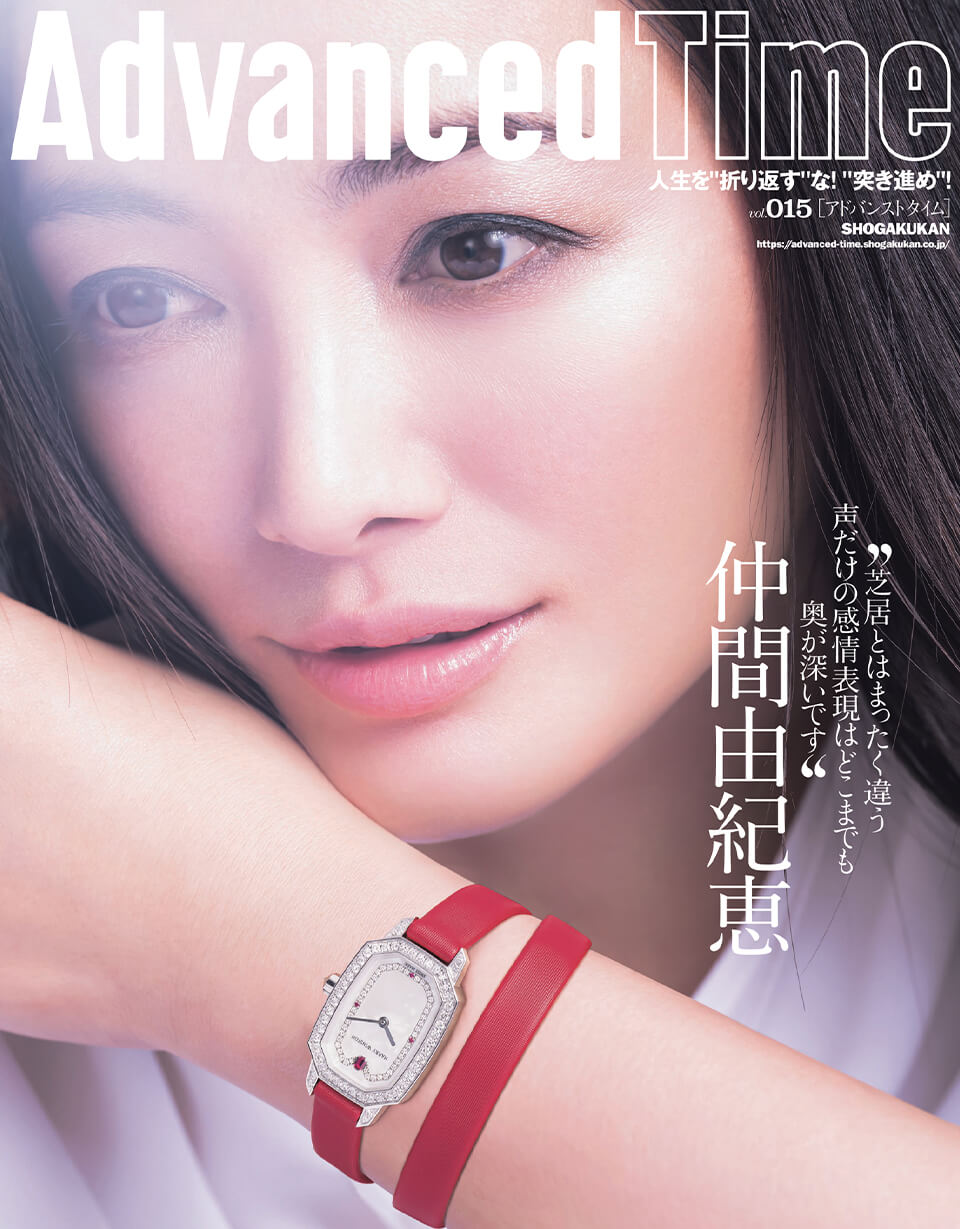

vol.015
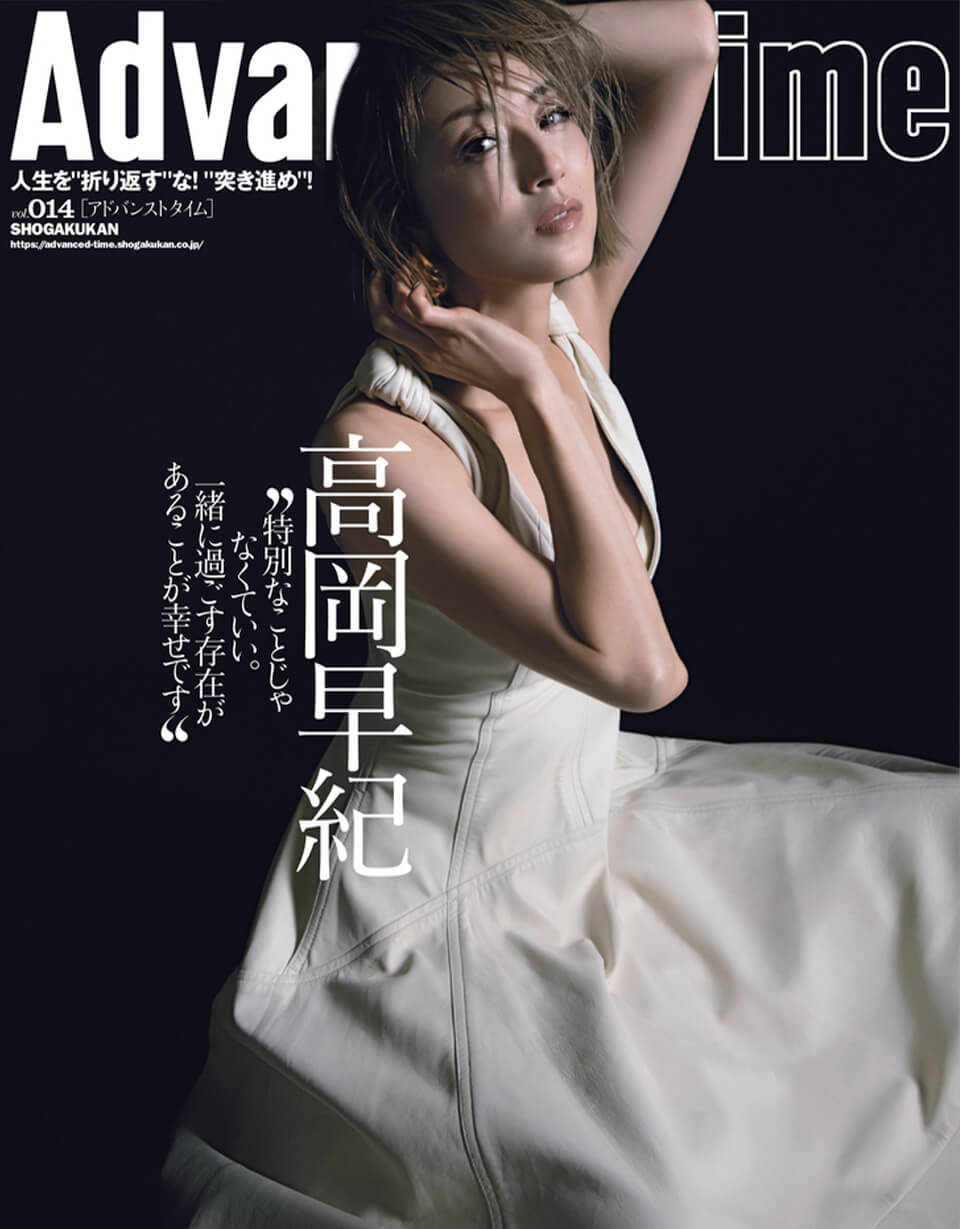

vol.014


vol.013


Special Issue.AdvancedTime×HARRY WINSTON


vol.012
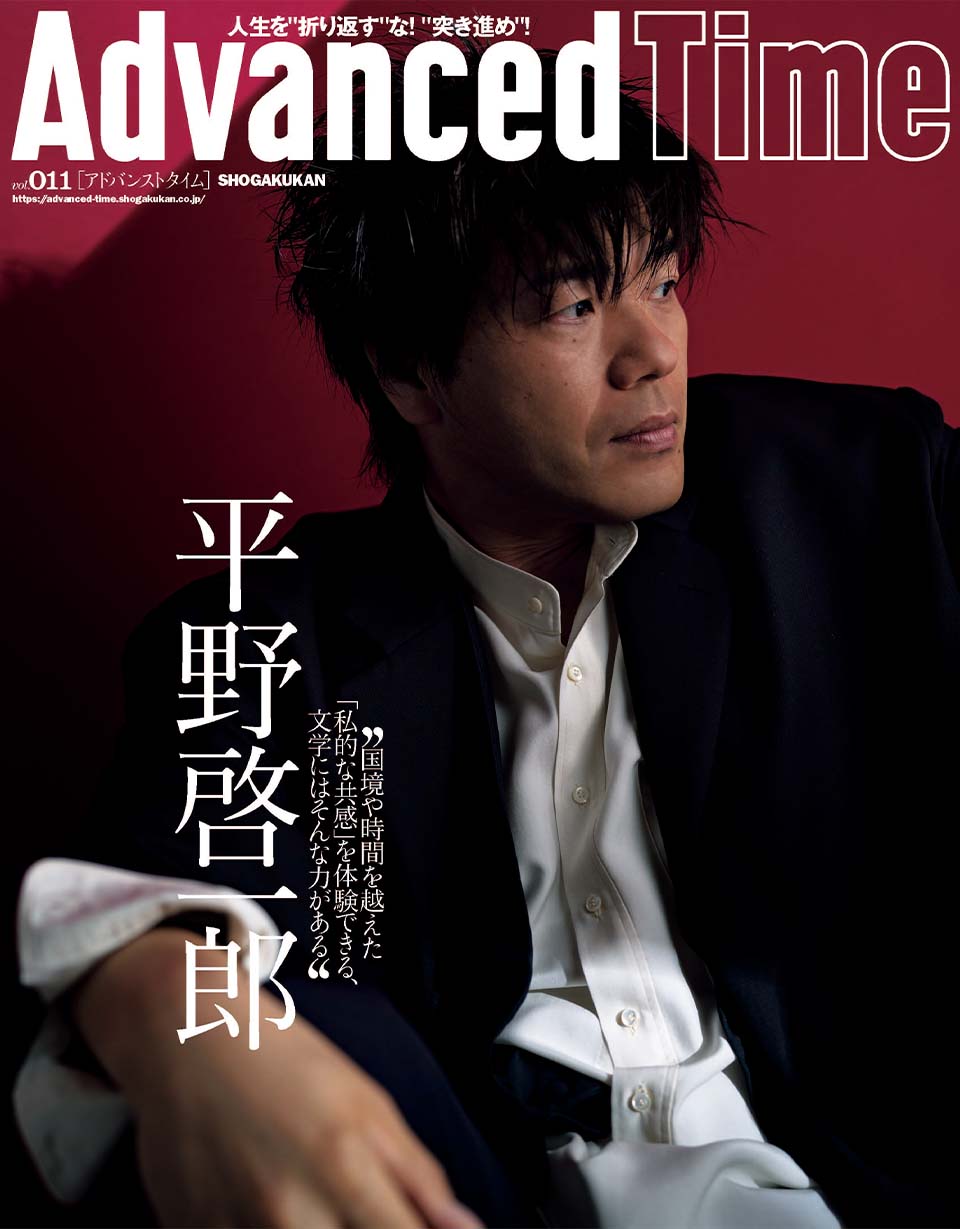

vol.011
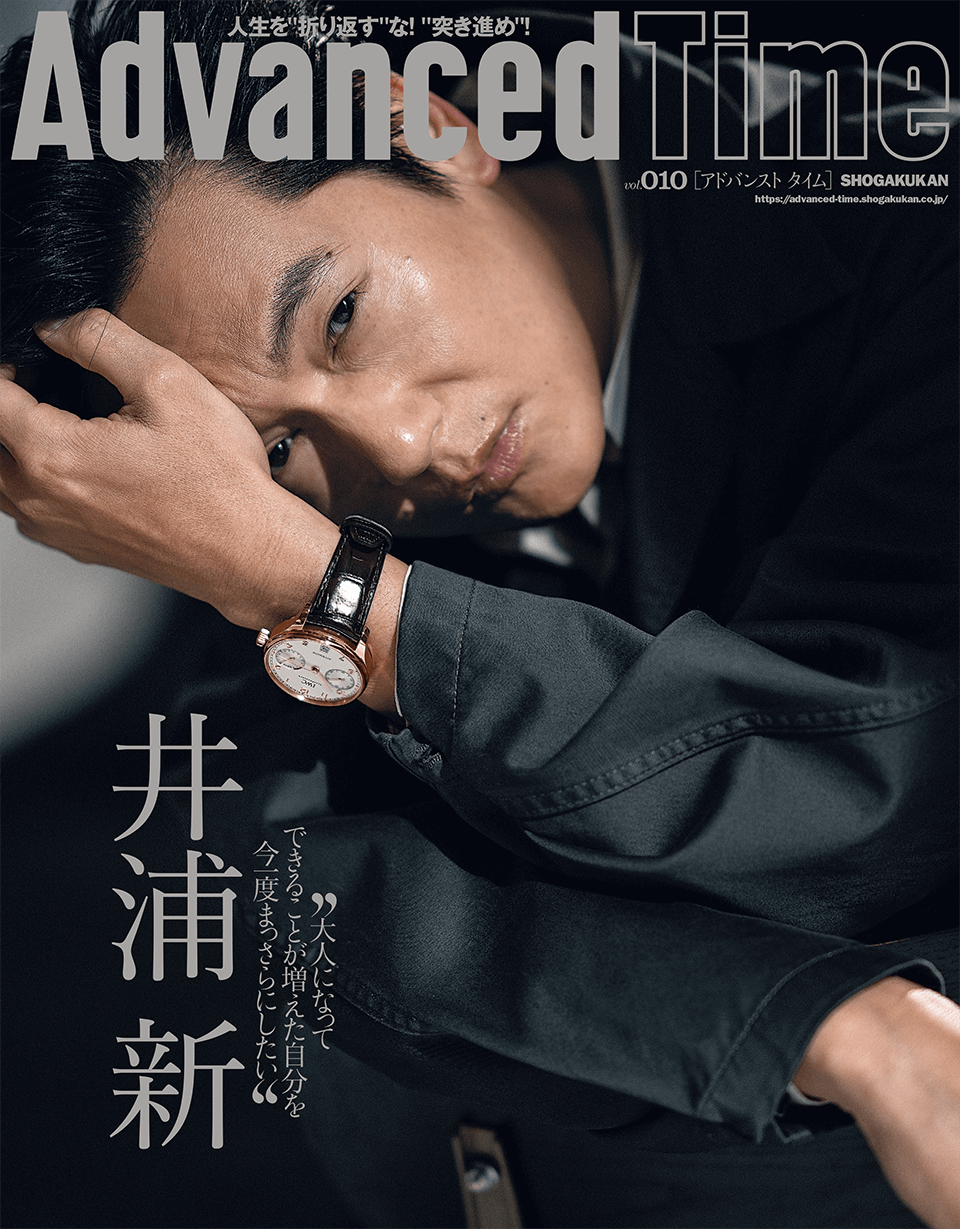

vol.010


Special Issue.AdvancedTime×GRAFF
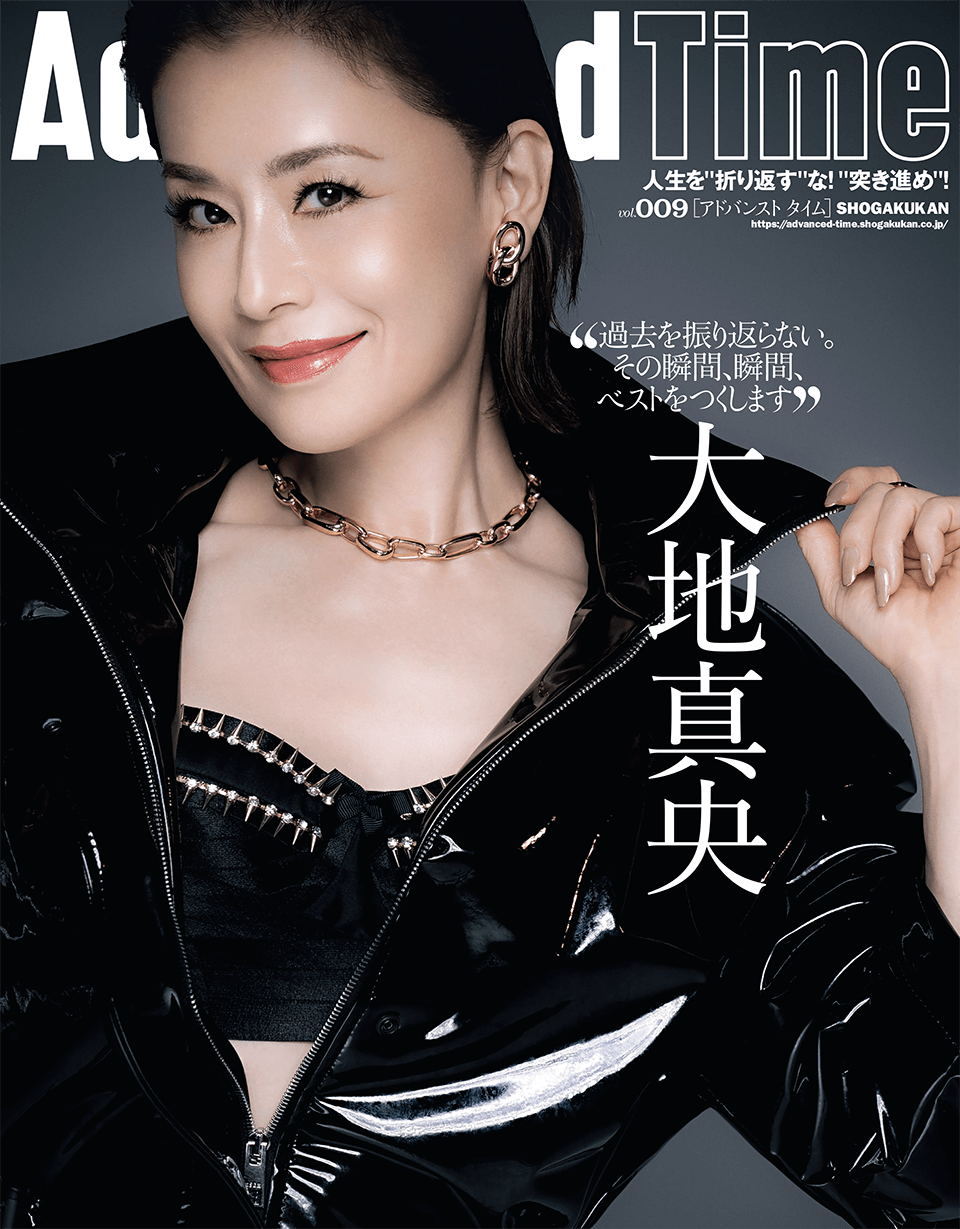

vol.009
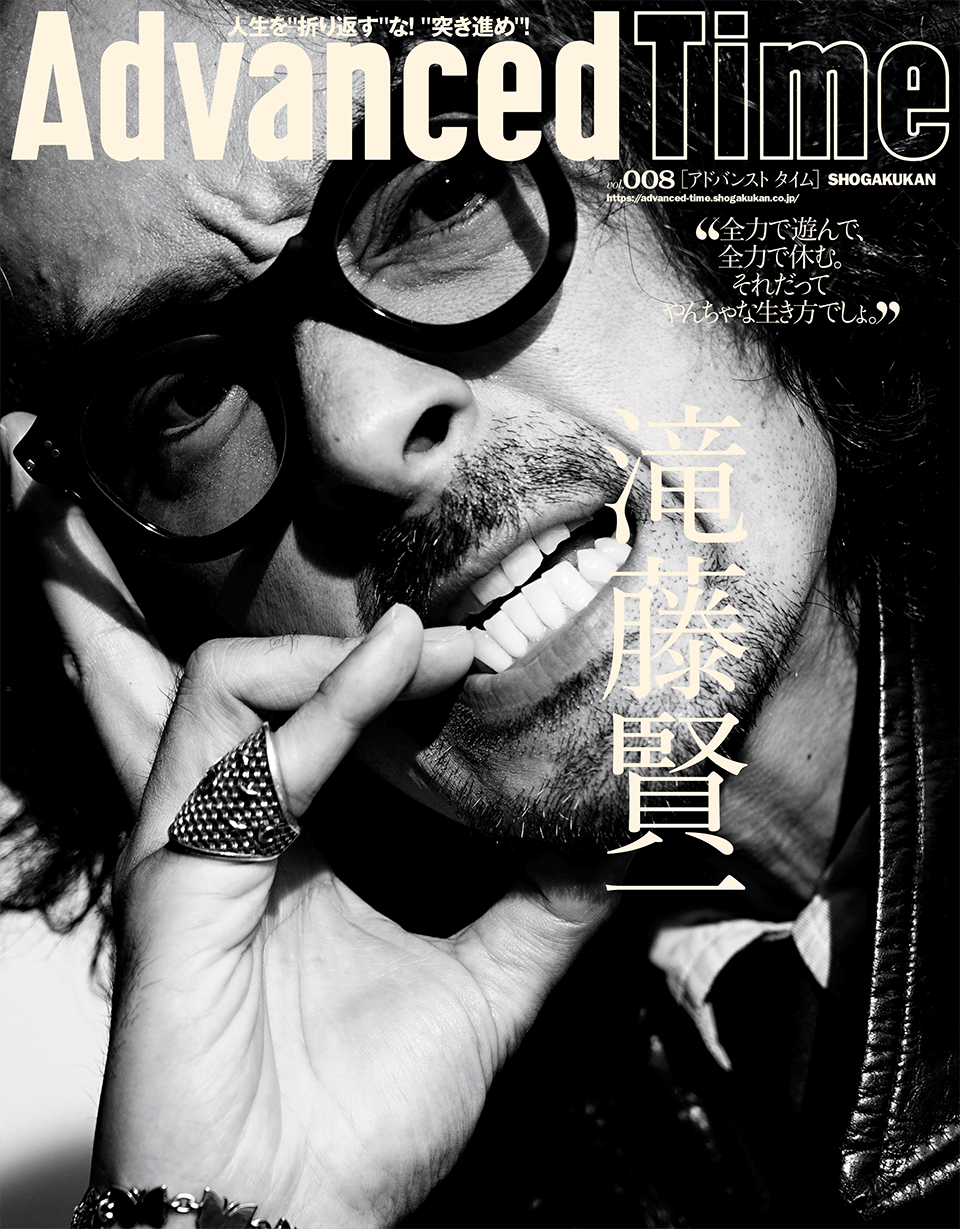

vol.008


vol.007
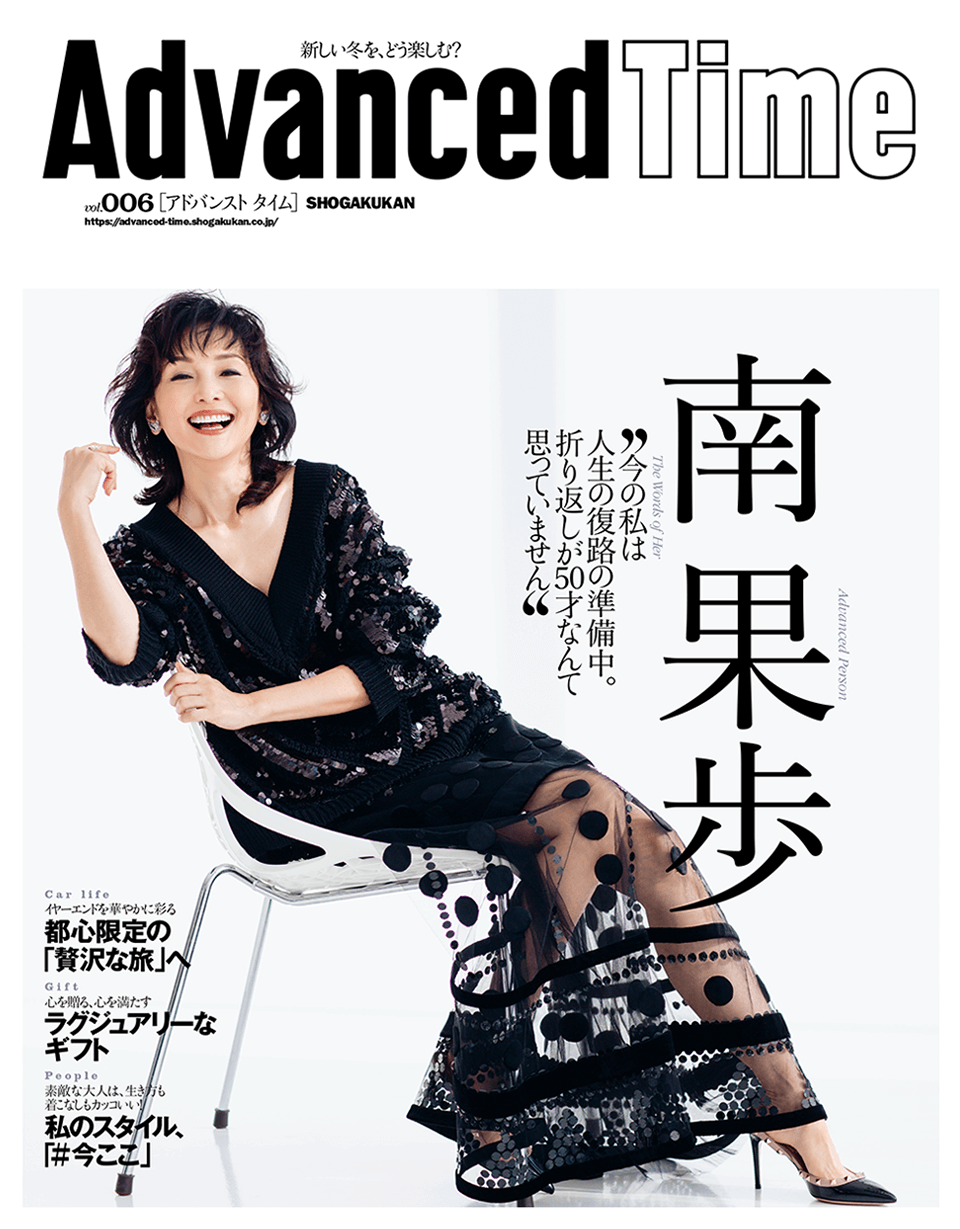

vol.006
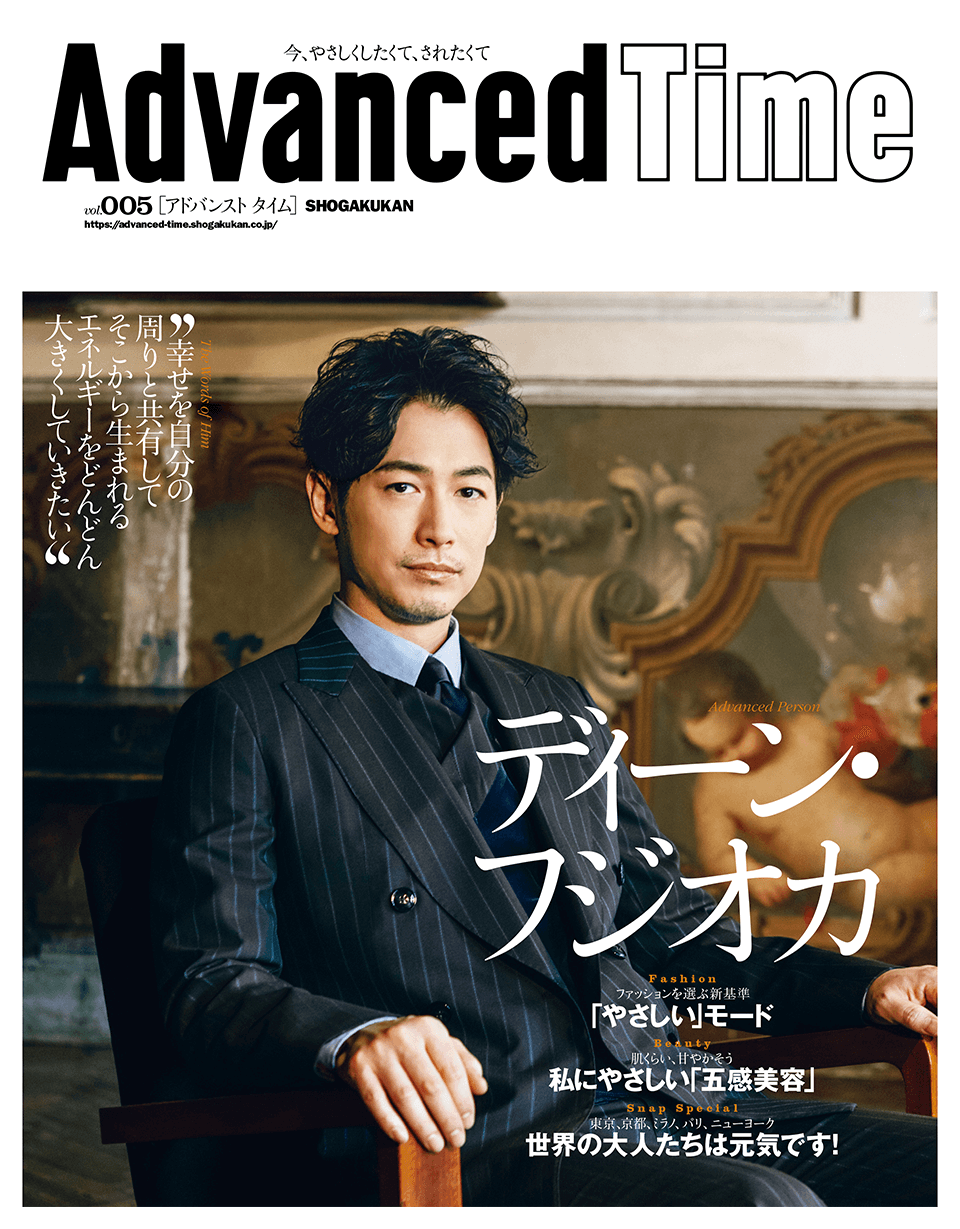

vol.005
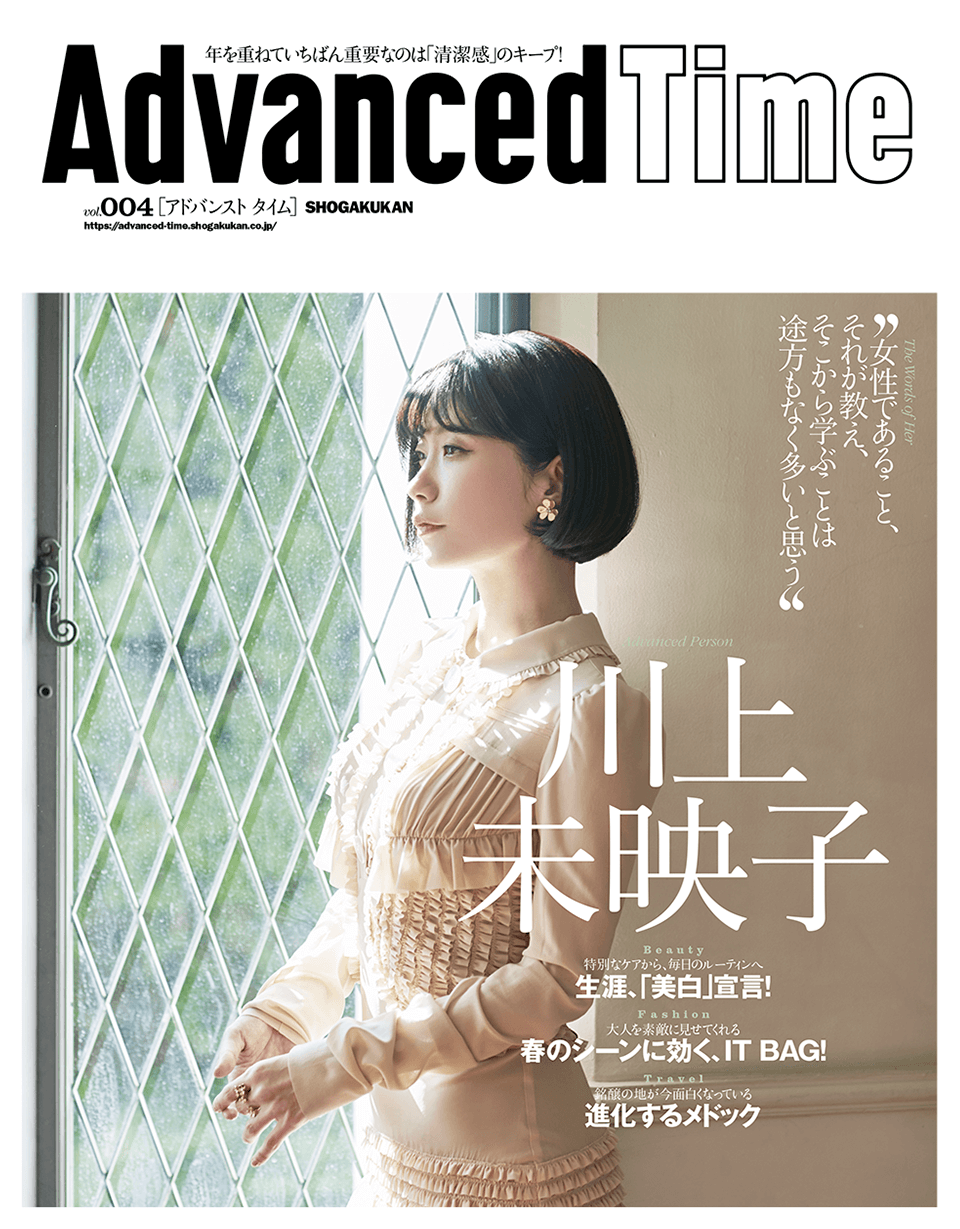

vol.004


vol.003


vol.002
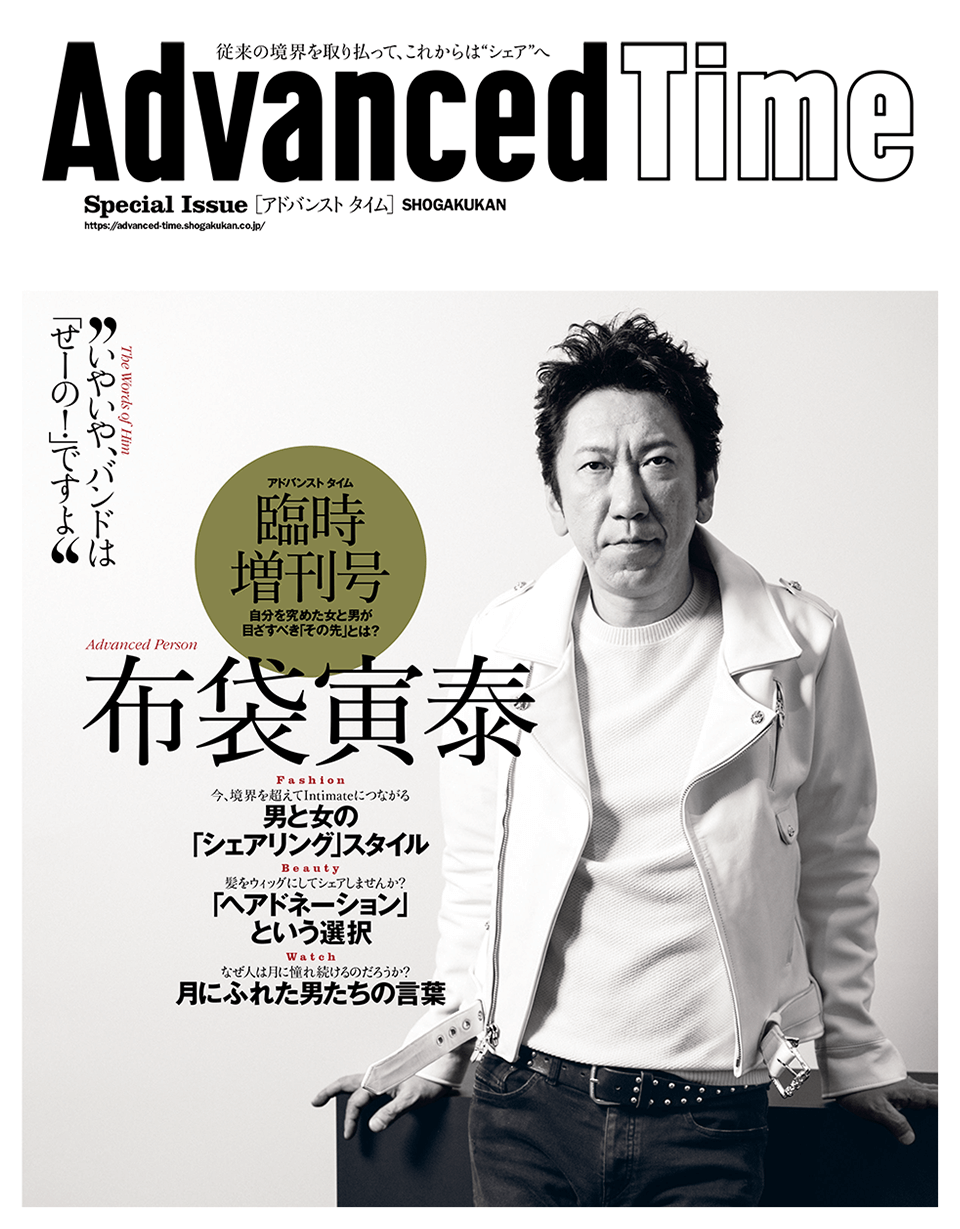

Special Issue.01
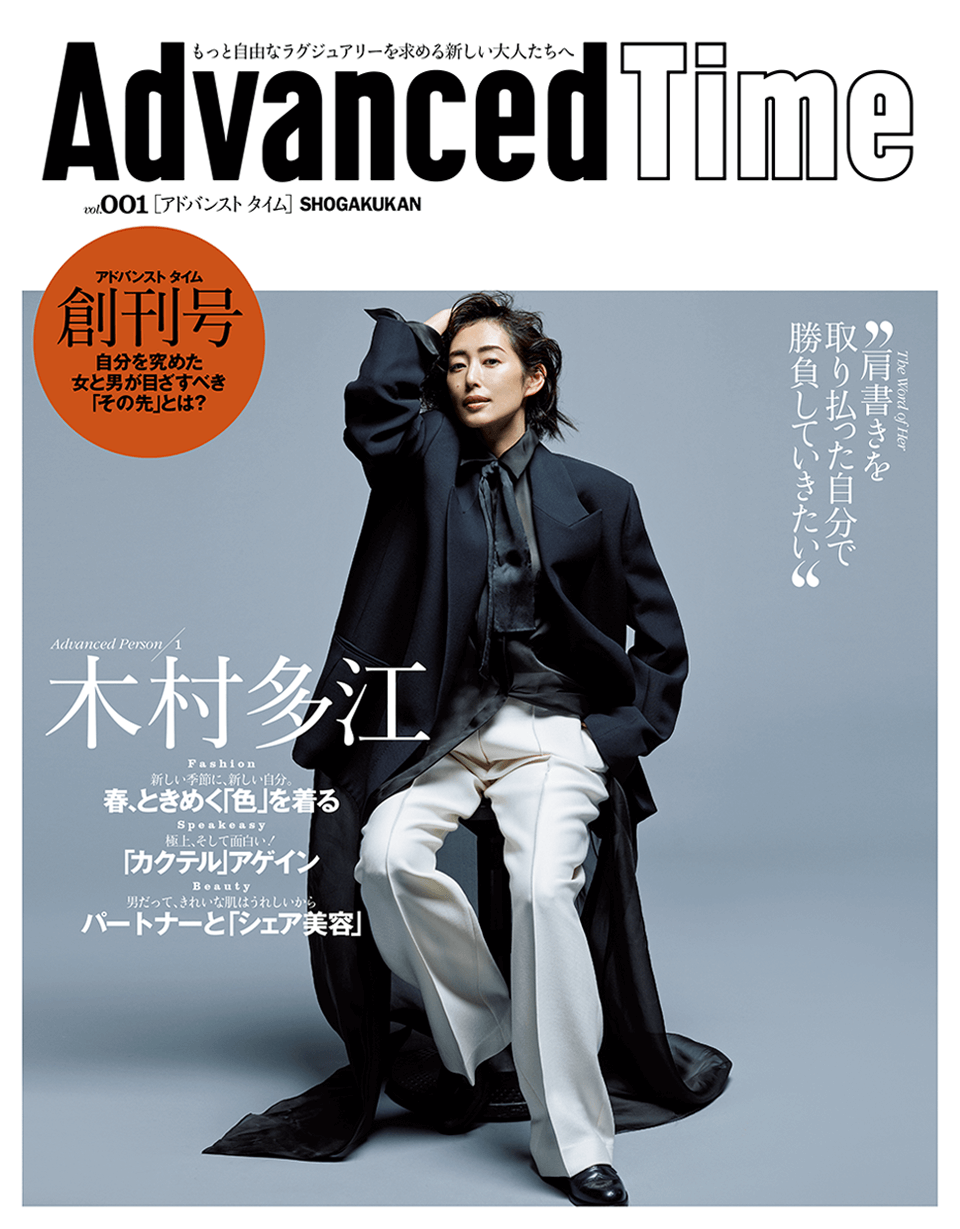

vol.001
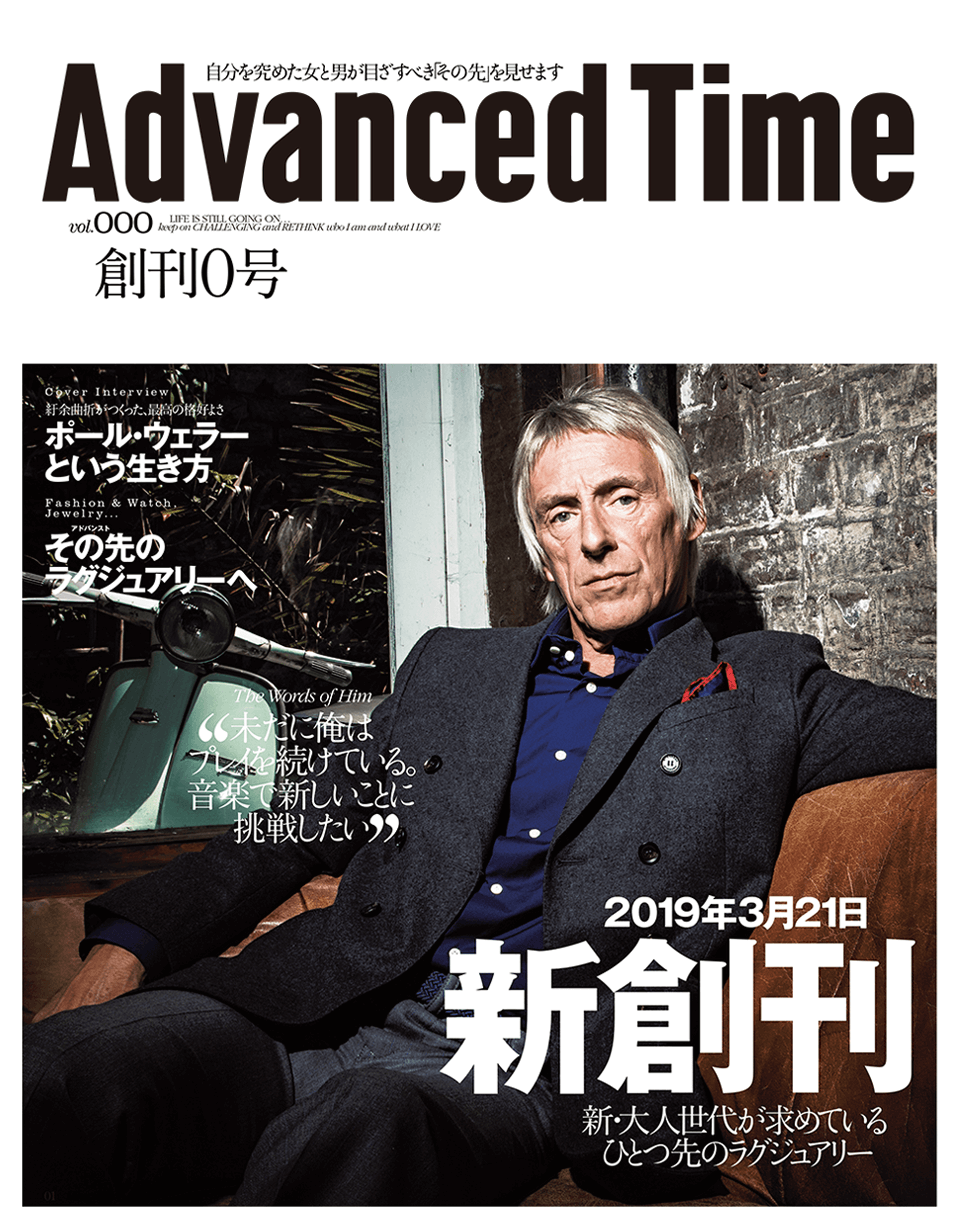

vol.000

『ジョージ・マイケル 栄光の輝きと心の闇』に映し出された「ラスト・クリスマス」の裏側
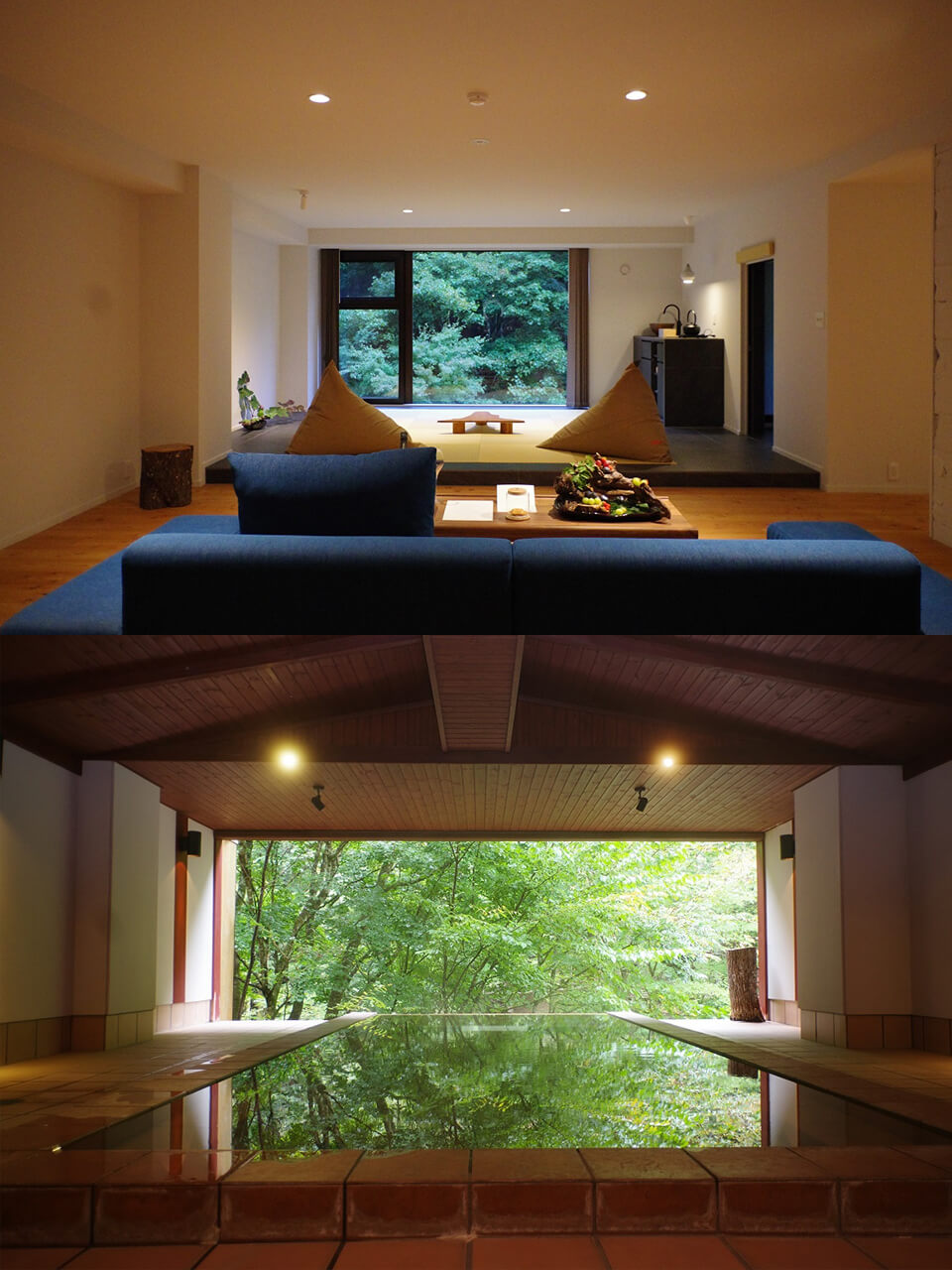
信州の森に佇む、現代の湯宿「扉温泉 明神館」

アクティブに動いて得をする、八丈島でのラグジュアリーステイ

自然の中にいるのはすごく大切なことだと思います

「界 津軽」に逗留し、雪見のりんご風呂で温もり、津軽三味線に心震わす